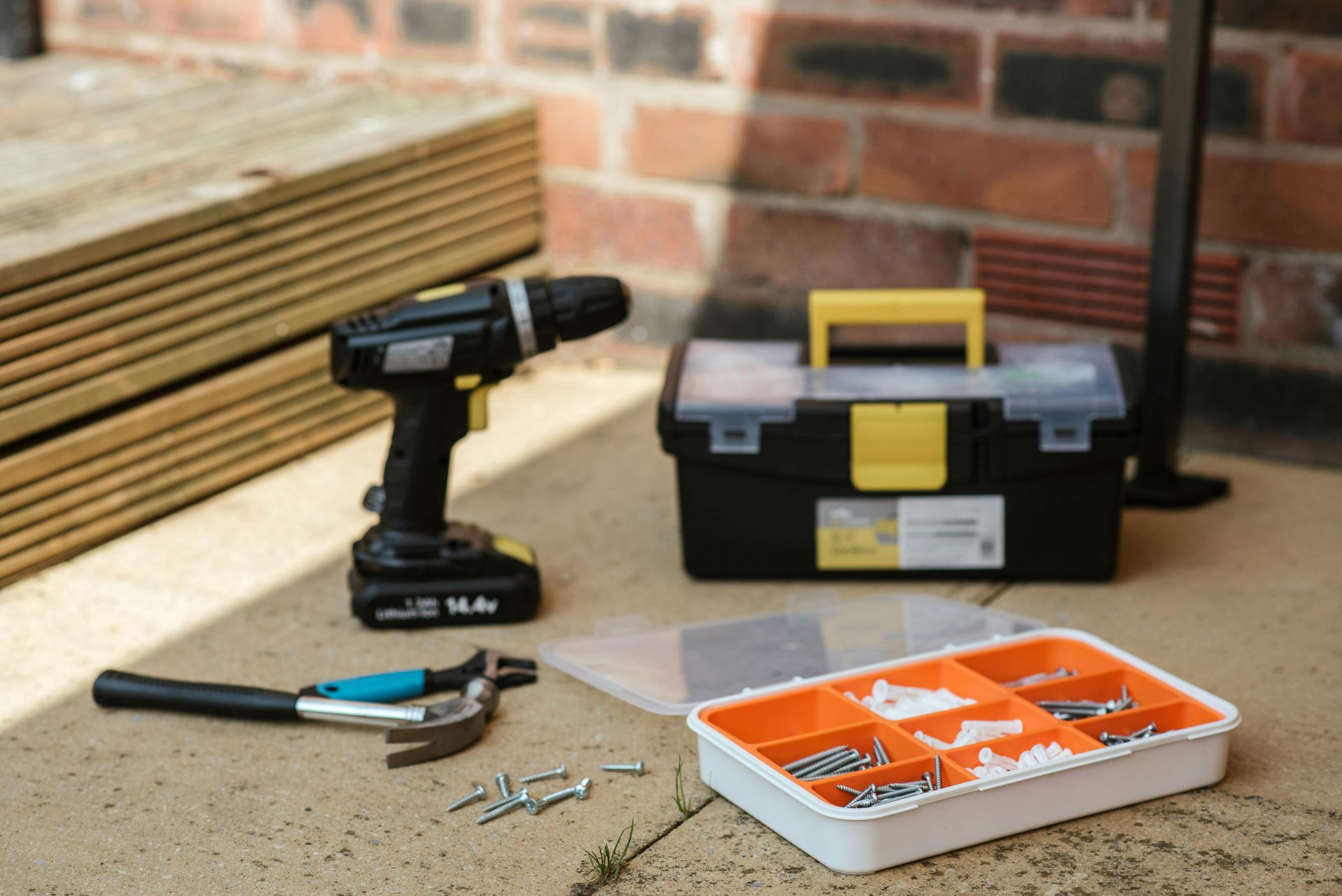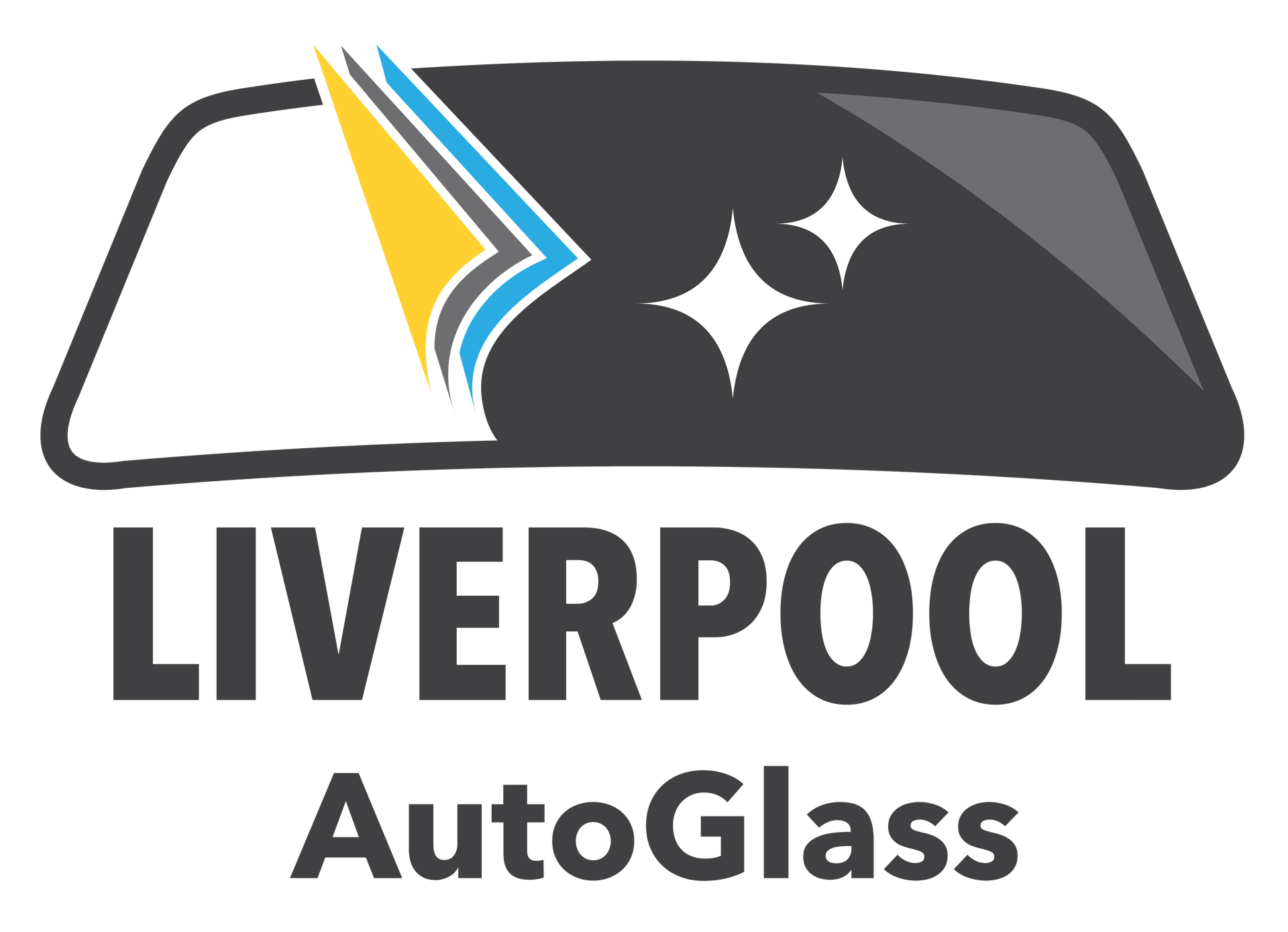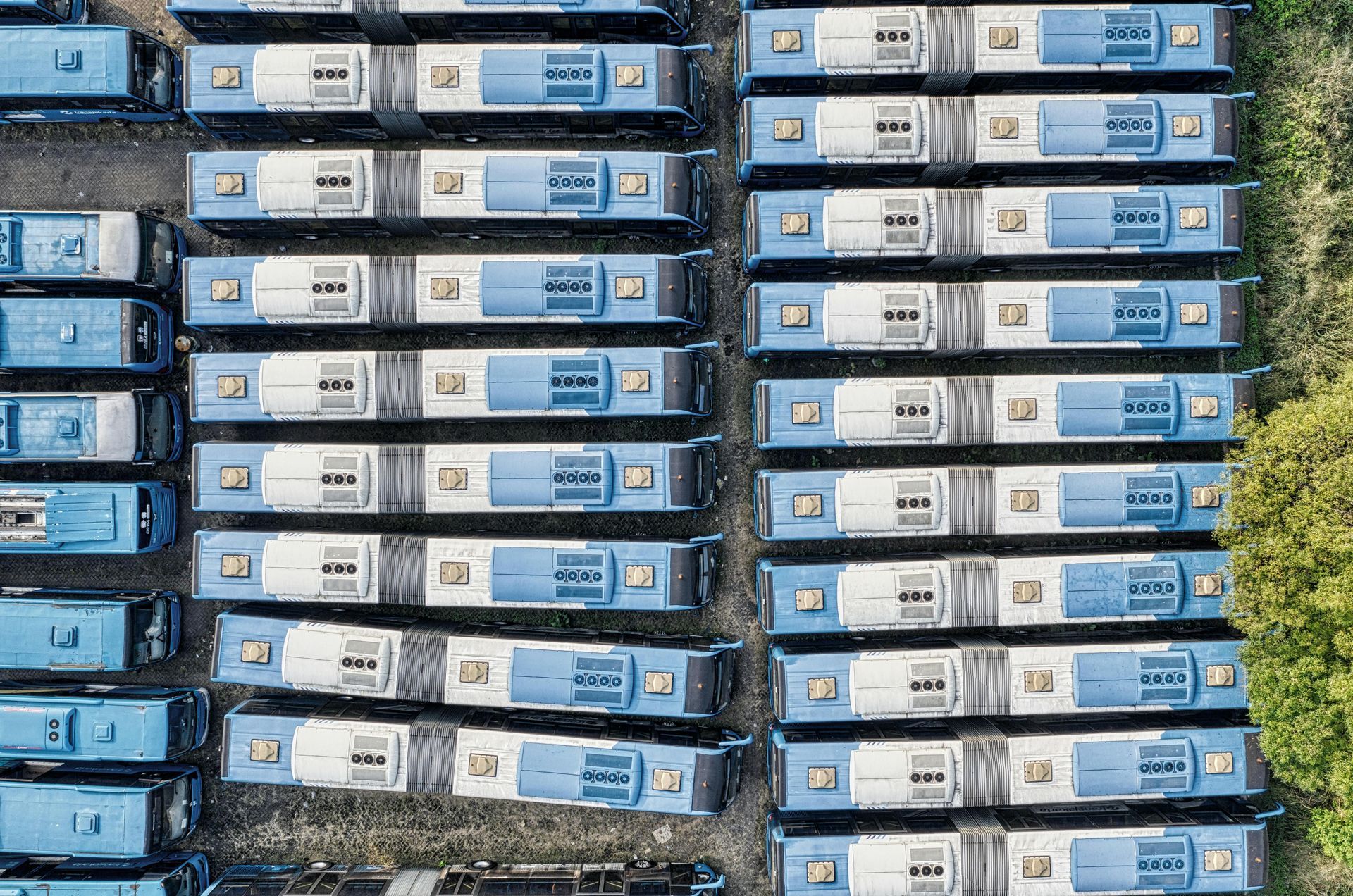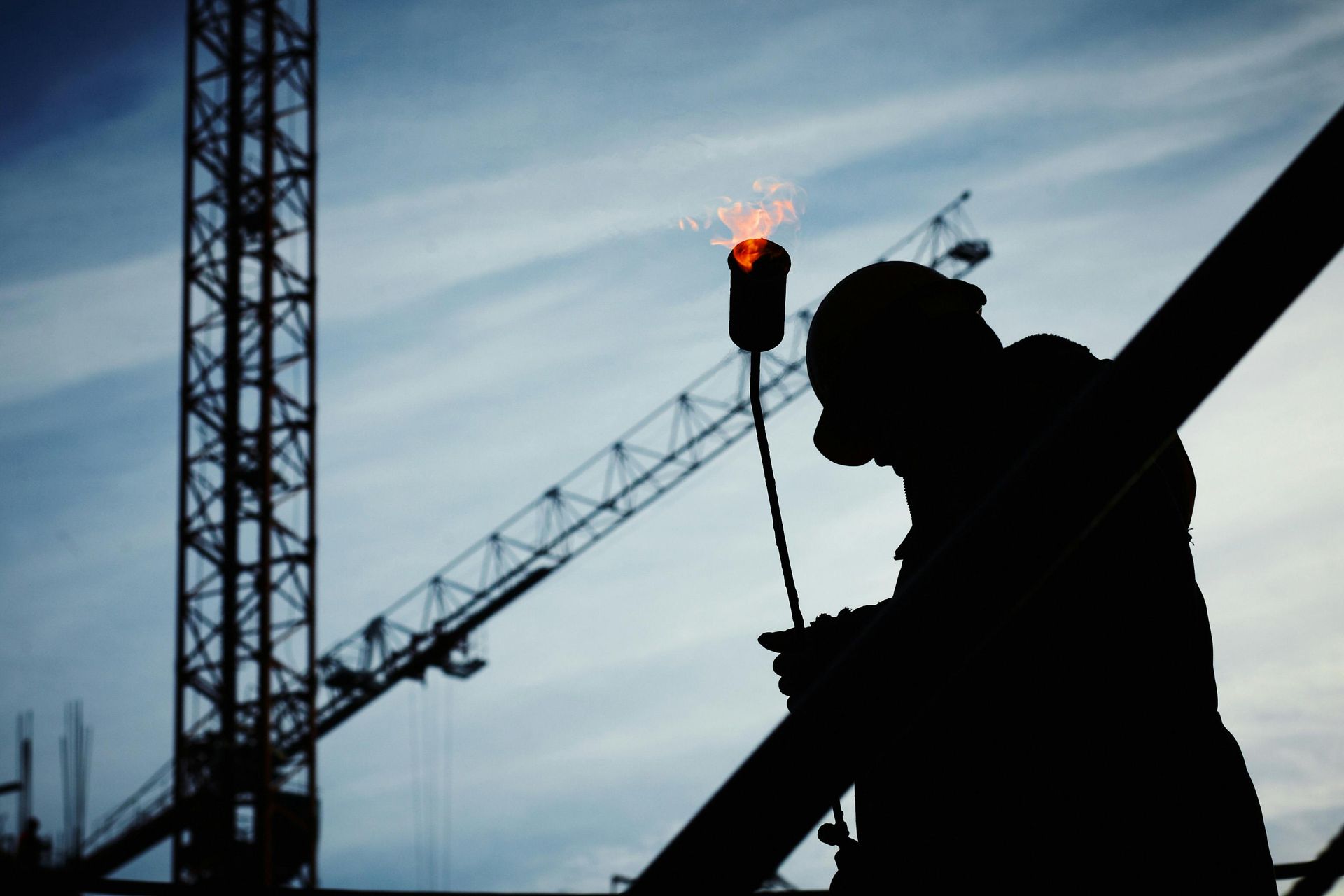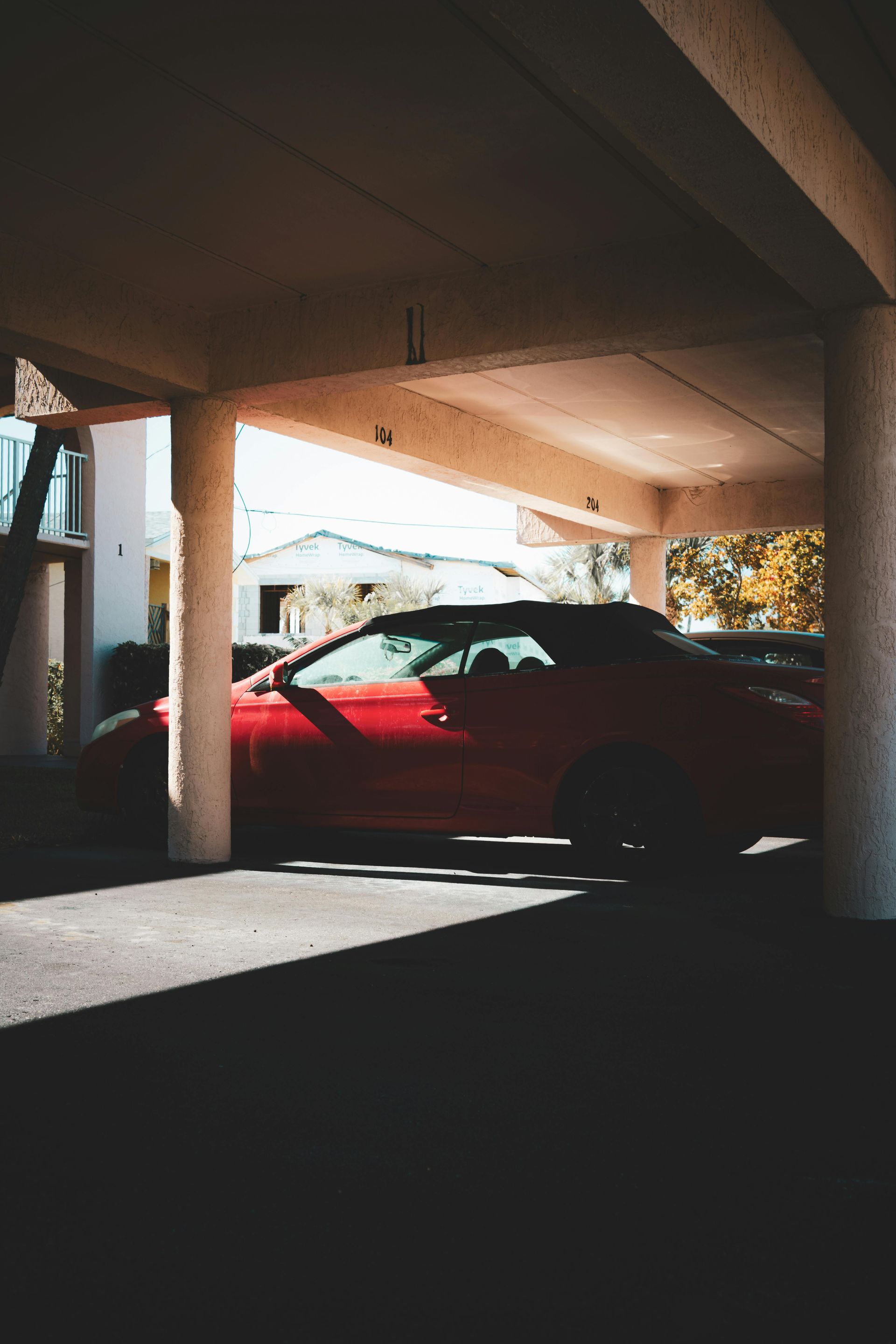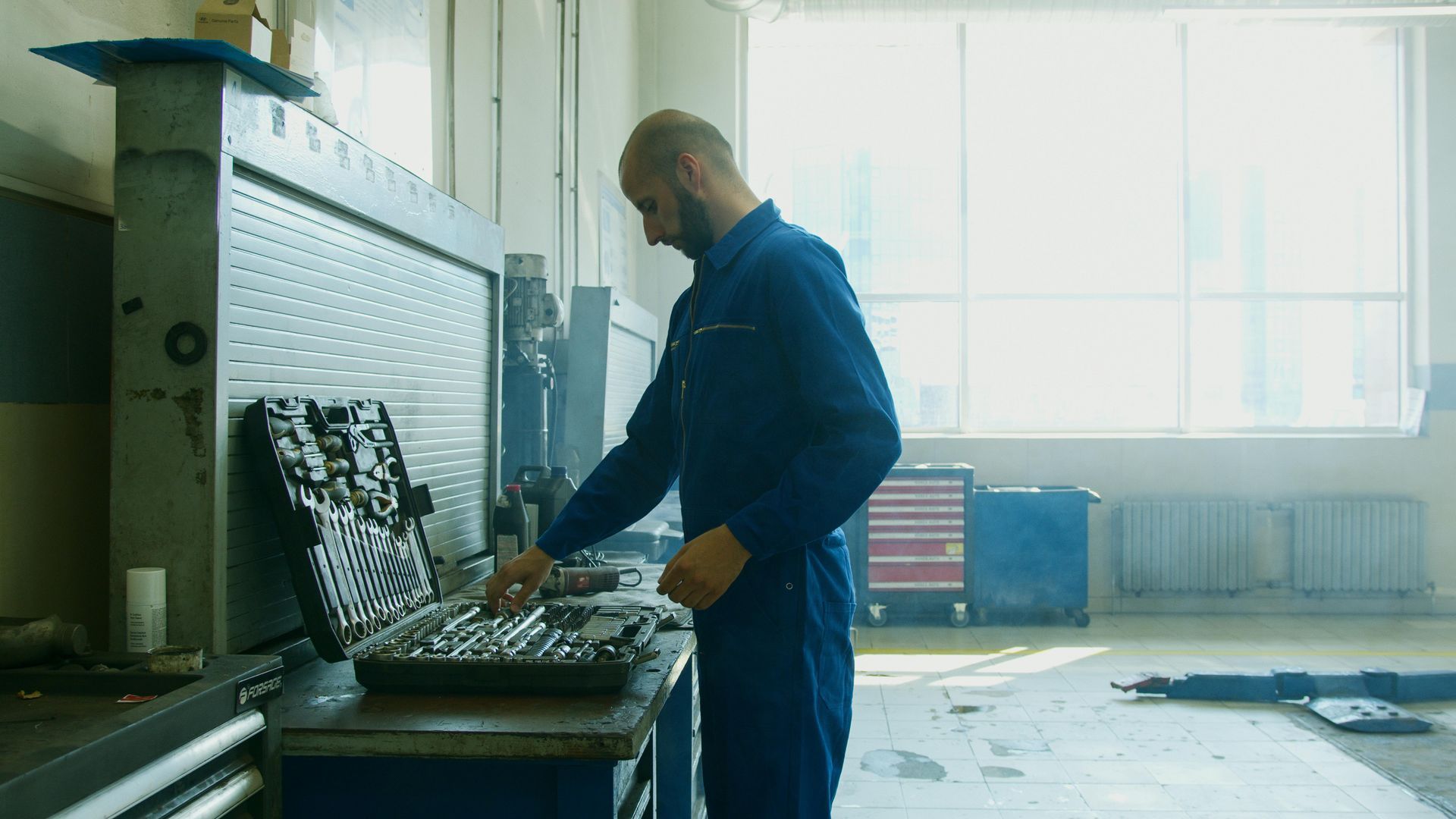Essential Windscreen Checks Every Liverpool Driver Should Prioritise
Liverpool's unique driving conditions—from busy industrial areas to coastal influences—create specific challenges for windscreen integrity that many drivers overlook until problems become serious. Regular windscreen inspections help identify developing issues early, ensuring optimal safety whilst avoiding costly emergency repairs and potential legal complications.

Industrial Environment Impact on Windscreen Health
Liverpool's significant industrial presence creates unique environmental hazards that can accelerate windscreen deterioration and damage compared to suburban areas with less commercial activity. Heavy vehicle traffic from freight operations, construction sites, and manufacturing facilities increases the likelihood of stone chips and impact damage from loose debris carried by trucks and commercial vehicles. These industrial conditions require Liverpool drivers to be particularly vigilant about windscreen condition and implement more frequent inspection routines.
Chemical exposure from industrial operations can affect windscreen integrity through airborne contaminants that settle on glass surfaces and potentially interact with windscreen coatings or sealants. Manufacturing processes, transport operations, and construction activities release various particles and chemicals that can accumulate on windscreens over time, potentially affecting visibility and material performance if not addressed through regular cleaning and inspection.
Vibration exposure from heavy vehicle traffic and industrial machinery can accelerate the propagation of existing windscreen damage, turning minor chips into significant cracks more rapidly than would occur in quieter suburban environments. The constant low-level vibration from nearby industrial activities can stress windscreen mounting systems and existing damage points, making regular inspection essential for early detection of developing problems.
6 Industrial Hazard Categories
Liverpool drivers face these specific windscreen risks:
- Stone and debris impact: Increased projectile hazards from commercial vehicle traffic.
- Chemical contamination: Airborne industrial pollutants affecting glass clarity and coatings.
- Vibration stress: Mechanical stress from heavy vehicle traffic and industrial operations.
- Construction zone exposure: Temporary hazards from ongoing development projects.
- Freight route dangers: High-speed debris from truck traffic on major arterials.
- Manufacturing emissions: Chemical exposure from nearby industrial facilities.
Traffic Density and Accident Risk Factors
Liverpool's position as a major transport hub creates high-density traffic conditions that significantly increase windscreen damage risks through various mechanisms, including increased stone chip probability, accident potential, and exposure to aggressive driving behaviours. The convergence of major highways, freight routes, and suburban traffic creates complex driving environments where windscreen damage can occur suddenly and unexpectedly, making regular inspection crucial for early problem detection.
Highway driving conditions expose vehicles to higher-speed debris impacts that can cause more severe windscreen damage than typical suburban driving. The M5, M7, and other major routes through Liverpool carry heavy traffic at sustained high speeds, creating conditions where small stones and debris can impact windscreens with significant force. Regular inspection helps identify damage from these impacts before stress propagation creates larger cracks requiring complete windscreen replacement.
Congested traffic conditions contribute to windscreen stress through frequent stop-start driving patterns that create vibration and temperature cycling stresses. Additionally, close-following distances common in heavy traffic increase the probability of debris impacts from vehicles ahead, particularly during adverse weather when visibility and road conditions are compromised.
6 High-Risk Driving Scenarios
Liverpool drivers encounter these challenging conditions:
- Peak hour congestion: Increased accident risk and debris exposure in heavy traffic
- Freight corridor travel: High-speed commercial vehicle interactions on major routes
- Construction zone navigation: Temporary hazards from ongoing infrastructure projects
- Airport proximity: Additional traffic complexity and foreign driver interactions
- Industrial area access: Exposure to commercial vehicle operations and loading activities
- Weather-related hazards: Storm debris and reduced visibility affecting driving safety.
Weather Patterns and Seasonal Windscreen Stress
Sydney's western suburbs, including Liverpool, experience more extreme temperature variations than coastal areas, creating additional stress on windscreen materials through repeated expansion and contraction cycles. Summer temperatures can exceed 40°C, causing windscreen glass and mounting systems to expand significantly, whilst winter mornings can see temperatures drop below 5°C, creating substantial thermal cycling that stresses existing damage points and can accelerate crack propagation.
Hailstorm frequency in western Sydney creates seasonal windscreen damage risks that require immediate post-storm inspection to identify new damage before it develops into more serious problems. Liverpool's inland position makes it particularly susceptible to severe thunderstorms that can produce hail large enough to cause significant windscreen damage across large areas simultaneously, overwhelming repair services and creating extended waiting periods for replacement glass.
Seasonal debris patterns affect windscreen damage risks throughout the year, with autumn leaf accumulation potentially hiding road hazards, spring winds carrying additional debris, and summer heat creating more brittle road surfaces that generate loose material. Understanding these seasonal patterns helps drivers adjust their inspection frequency and driving habits to minimise windscreen damage risks whilst maintaining optimal safety standards.
6 Seasonal Risk Factors
Different seasons present specific windscreen challenges:
- Summer heat stress: Extreme temperatures cause glass expansion and mounting stress.
- Winter thermal shock: Rapid temperature changes stress damaged areas.
- Spring storm debris: Wind-blown materials creating impact hazards.
- Autumn visibility issues: Leaf accumulation hides road hazards and debris.
- Hailstorm seasons: Severe weather events causing widespread windscreen damage.
- UV exposure peaks: Intense summer sun degrades windscreen coatings and seals.
Early Detection Benefits and Cost Savings
Early detection of windscreen damage through regular inspection provides substantial cost savings by enabling repair rather than replacement for most damage types, with typical repair costs representing only 10-15% of replacement expenses. Small chips and minor cracks can often be repaired effectively when addressed promptly, but the same damage may require complete windscreen replacement if allowed to spread through delayed attention. This cost differential makes regular inspection a financially prudent practice for budget-conscious drivers.
Insurance considerations favour early detection and prompt repair, as most comprehensive policies cover windscreen repairs with reduced or waived excess payments, whilst applying standard excess amounts to complete replacements. Understanding these insurance benefits encourages proactive inspection and repair scheduling that minimises out-of-pocket expenses whilst maintaining optimal windscreen condition and legal compliance.
Prevention of secondary damage represents another significant benefit of early detection, as small windscreen problems can escalate into more complex issues affecting surrounding vehicle systems. Water infiltration through damaged windscreens can damage electrical systems, interior components, and structural elements, creating repair costs that far exceed original windscreen damage if problems are allowed to develop unchecked.
6 Financial Benefits of Proactive Inspection
Regular checks provide these economic advantages:
- Repair vs replacement savings: Significant cost reduction through early intervention.
- Insurance excess minimisation: Lower out-of-pocket costs for prompt repairs.
- Secondary damage prevention: Avoiding water damage and system complications.
- Legal penalty avoidance: Preventing fines and compliance-related expenses.
- Resale value protection: Maintaining vehicle condition and marketability.
- Emergency cost prevention: Avoiding premium charges for urgent replacement services.
Professional Inspection vs Self-Assessment
Professional windscreen inspections provide comprehensive assessment capabilities that exceed typical driver observations, using specialised equipment and expertise to identify subtle damage, mounting issues, and developing problems that may not be immediately obvious to untrained observers. Professional technicians understand damage progression patterns, stress concentration points, and environmental factors that affect windscreen integrity, enabling accurate assessment of repair versus replacement requirements whilst ensuring legal compliance.
Self-assessment capabilities allow drivers to monitor windscreen condition between professional inspections, identifying obvious new damage and monitoring existing problems for signs of progression. Basic inspection techniques can help drivers recognise when a professional assessment is needed whilst maintaining awareness of windscreen condition changes that might affect safety or legal compliance. However, self-assessment should supplement rather than replace professional inspection for optimal windscreen management.
Inspection frequency recommendations vary based on driving conditions, vehicle age, and previous damage history, with Liverpool drivers potentially requiring more frequent assessment due to challenging local conditions. Professional services can recommend appropriate inspection schedules based on individual circumstances whilst providing documentation that may be valuable for insurance claims or legal compliance verification.
6 Inspection Scheduling Guidelines
Establish appropriate inspection routines:
- Monthly self-checks: Basic visual assessment for obvious damage or changes.
- Quarterly professional assessment: Comprehensive evaluation during seasonal transitions.
- Post-incident inspection: Immediate assessment following suspected impact events.
- Annual comprehensive review: Thorough evaluation, including mounting and seal condition.
- Pre-registration inspection: Compliance verification before vehicle registration renewal.
- Insurance claim documentation: Professional.
Conclusion
Regular windscreen inspections represent essential preventive maintenance for Liverpool drivers facing unique environmental and traffic challenges that accelerate windscreen deterioration. The combination of industrial exposure, high-density traffic, extreme weather conditions, and advanced vehicle technologies makes professional windscreen assessment crucial for maintaining safety, legal compliance, and optimal vehicle performance throughout ownership.
Proactive windscreen care through regular inspection and prompt repair provides significant benefits, including cost savings, safety enhancement, and legal protection that far exceed the minimal time and expense required for preventive maintenance. Understanding these benefits and implementing appropriate inspection routines helps Liverpool drivers maintain their vehicles in optimal condition whilst avoiding the risks and expenses associated with delayed windscreen attention.
About Liverpool AutoGlass
Liverpool AutoGlass provides comprehensive windscreen inspection, repair, and replacement services throughout Liverpool and surrounding areas. Our experienced technicians understand local driving conditions and provide professional assessment and quality repairs that ensure legal compliance and optimal safety for all vehicle types.
